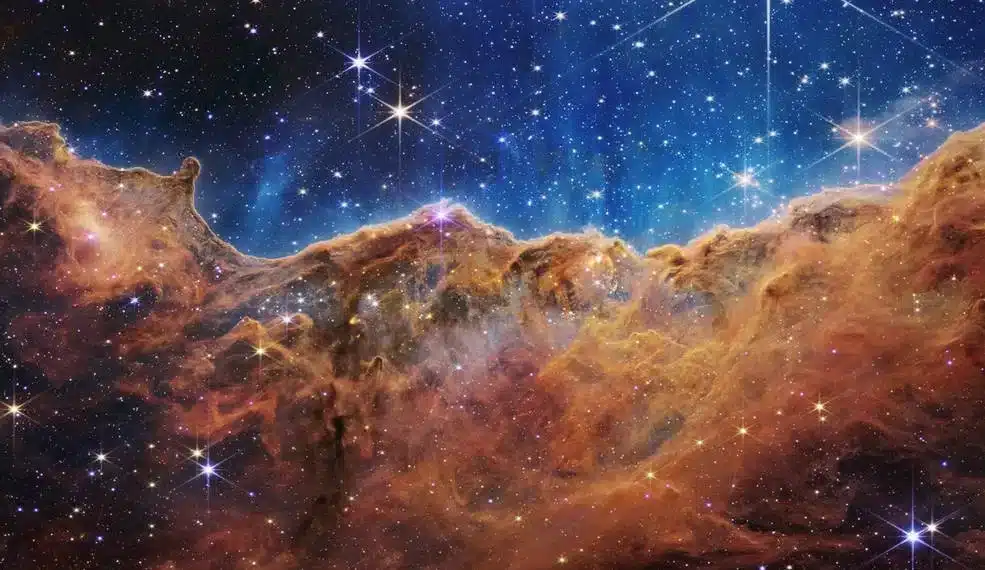James Webb Telescope Captures Stunning Star Formation

The James Webb Space Telescope (JWST) has unveiled a breathtaking image of a young star nestled within a dense disk of dust and gas. This celestial formation, known as Herbig Haro 30 (HH 30), is located in the Taurus constellation. The image reveals bright jets of material extending from the disk, showcasing the dynamic interactions between light, gas, and dust. While the star at the center remains obscured by the surrounding material, the powerful stellar winds create shockwaves that illuminate the area. These illuminated regions offer valuable insights into the movement of dust grains within protoplanetary disks, a critical process in the formation of planets.
Dust Grains Crucial for Planetary Formation Identified
Recent research published in *The Astrophysical Journal* has identified microscopic dust grains within the protoplanetary disk of HH 30. These tiny grains, measuring just one-millionth of a meter, are essential for planet formation. According to the European Space Agency (ESA), the dense layer of dust acts as a foundation for developing planetary bodies. As these grains accumulate, they gradually clump together to form larger particles. This process is vital for the eventual formation of planets.
The accumulation of dust into a concentrated layer allows for the gradual formation of pebbles. These pebbles can then coalesce into larger bodies, leading to the creation of planets. Understanding how these dust grains behave and interact within the disk is crucial for scientists studying the origins of planetary systems. The JWST’s observations provide a unique opportunity to explore these processes in detail, shedding light on the early stages of planetary formation.
Distinct Structures and Jet Activity Observed
A team led by Ryo Tazaki from the University of Tokyo has conducted extensive observations of HH 30, combining data from the JWST with findings from the Atacama Large Millimeter/submillimeter Array (ALMA) and the Hubble Space Telescope. Their analysis revealed intricate structures within the disk, including a high-speed jet that emerges perpendicular to the disk’s plane. This jet is surrounded by a wider cone-shaped outflow, indicating significant ongoing activity in the region.
Additionally, researchers detected a spiral-like feature and a tidal tail within the disk. These patterns may be caused by various factors, including the oscillation of the jet, the influence of a stellar companion, or the gravitational effects of a nearby star that passed through the area approximately 1,000 years ago. These observations highlight the complexity of protoplanetary disks and the dynamic processes that govern their evolution.
Significance of the Discovery
The findings from the JWST’s observations of HH 30 underscore the dynamic nature of protoplanetary disks. Both microscopic dust particles and large-scale jets play crucial roles in the formation of planetary systems. The captured image provides essential data on how dust migrates and accumulates in star-forming regions. This information is vital for scientists as they refine models of planetary development.
As researchers continue to analyze these observations, they aim to improve our understanding of the early stages of solar system formation. The insights gained from HH 30 may help answer fundamental questions about how planets form and evolve over time. The JWST’s capabilities allow scientists to explore these processes in unprecedented detail, paving the way for future discoveries in the field of astrophysics.
Observer Voice is the one stop site for National, International news, Sports, Editor’s Choice, Art/culture contents, Quotes and much more. We also cover historical contents. Historical contents includes World History, Indian History, and what happened today. The website also covers Entertainment across the India and World.

